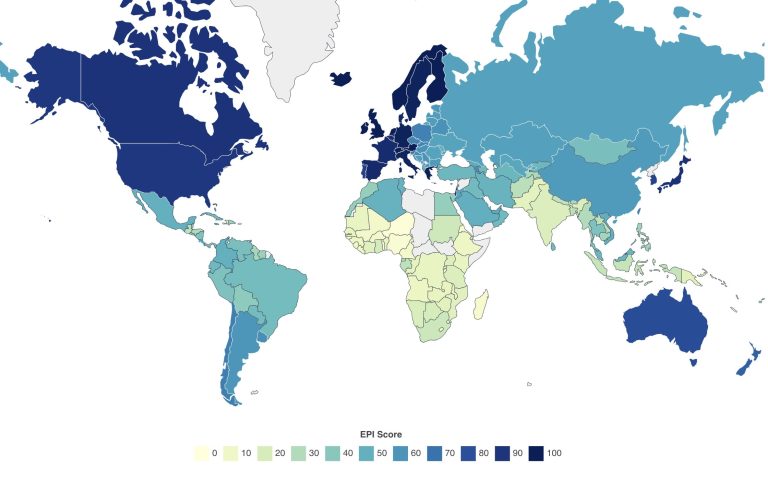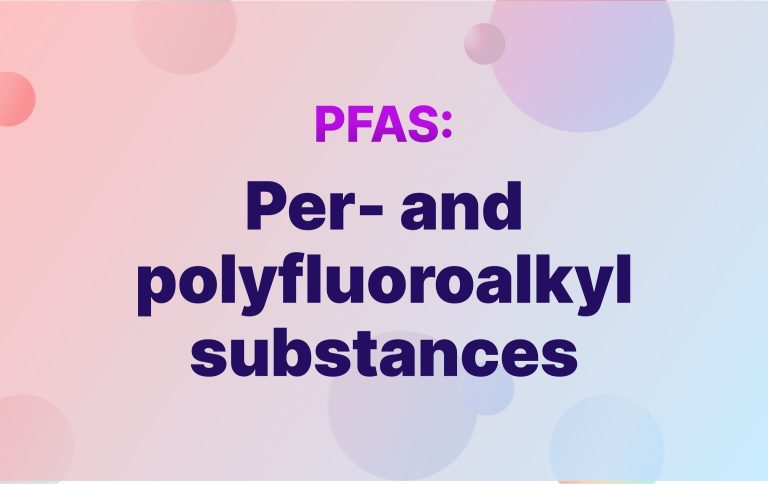Per- and polyfluoroalkyl substances (PFAS) are a group of man-made chemicals used in various industrial and consumer products for their resistance to heat, water, and oil. Commonly found in items like non-stick cookware, water-repellent clothing, and firefighting foams, PFAS have raised significant environmental and health concerns due to their persistence in the environment and ability to accumulate in the human body. Exposure to PFAS has been linked to adverse health effects, including immune system suppression, hormonal disruptions, and increased risk of certain cancers.
Can Home Water Filters Remove PFAS From Tap Water?
One pressing question arises – Can water filters remove PFAS from drinking water? This article explores the effectiveness of different water filtration methods in eliminating PFAS and provides guidance on choosing the right system to ensure safe drinking water.
Understanding How PFAS Contaminates Tap Water
PFAS chemicals are highly stable, making them resistant to natural degradation processes. They can enter drinking water supplies through industrial discharges, landfill leachates, and the use of PFAS-containing firefighting foams. Once in the water, they are difficult to remove using conventional water treatment methods.
Health Implications Associated With Consuming PFAS in Tap Water
Long-term exposure to PFAS has been associated with:
- Developmental issues in infants and children
- Hormonal imbalances affecting thyroid function
- Immune system effects, reducing vaccine efficacy
- Increased cholesterol levels
- Elevated risk of kidney and testicular cancers
Water Purification Methods That Effectively Remove PFAS From Tap Water
Effective Water Filtration Methods for PFAS Removal
Not all water filters are created equal when it comes to removing PFAS. Below are the most effective filtration technologies:
1. Activated Carbon Filters
Granular Activated Carbon (GAC)
GAC filters use porous carbon granules derived from coal, wood, or coconut shells. The large surface area of the granules adsorbs contaminants as water passes through.
- Effectiveness: GAC filters are effective at removing long-chain PFAS compounds like PFOA and PFOS.
- Considerations: The filter media must be replaced regularly to maintain efficacy.
Powdered Activated Carbon (PAC)
PAC filters use fine carbon particles to increase the contact area with water.
- Effectiveness: Similar to GAC, PAC is effective against certain PFAS compounds and is often used in municipal water treatment.
- Considerations: Less common in residential settings due to handling and replacement complexities.
2. Reverse Osmosis Systems
Reverse osmosis (RO) systems force water through a semi-permeable membrane, leaving contaminants behind.
- Effectiveness: RO membranes have pore sizes small enough to remove a wide range of PFAS compounds, including both long-chain and some short-chain varieties.
- Considerations: RO systems also remove beneficial minerals; a remineralization filter may be needed to restore taste and nutritional content.
3. Ion Exchange Resins
Ion exchange systems use resins that swap harmful ions in the water with less harmful ones.
- Effectiveness: Specialized resins can target PFAS molecules, replacing them with innocuous ions like chloride.
- Considerations: Resin capacity is finite and requires periodic regeneration or replacement.
Factors Impacting The Effectiveness of PFAS Water Filtration Systems
Water Filtration System Certification and Standards
- NSF/ANSI Standard P473: Look for filters certified under this standard, which verifies the reduction of PFOA and PFOS.
- Third-Party Testing: Ensure the product has been independently tested for PFAS removal.
Water Filter Maintenance Requirements
- Filter Replacement: Adhere to the manufacturer’s guidelines for filter changes to maintain effectiveness.
- System Upkeep: Regularly inspect and clean the system to prevent bacterial growth and other issues.
Ability to Remove Specific PFAS Compounds
- Water Testing: Identify which PFAS compounds are present in your water to select a filter that effectively targets them.
- Consult Professionals: Engage with water treatment experts to tailor a solution to your specific needs.
Limitations of Home Tap Water Filtration Systems
Inadequate Options
- Standard Pitcher Filters: Typically ineffective at removing PFAS due to limited filtration media and contact time.
- Basic Faucet-Mounted Filters: May not have the necessary technology to reduce PFAS levels significantly.
Cost Considerations
- Initial Investment: Advanced systems like RO and ion exchange can be expensive to purchase and install.
- Ongoing Expenses: Factor in the cost of replacement filters and increased water usage (RO systems can waste water during the filtration process).
Most Effective Consumer/Home Water Filtration Systems for PFAS Removal
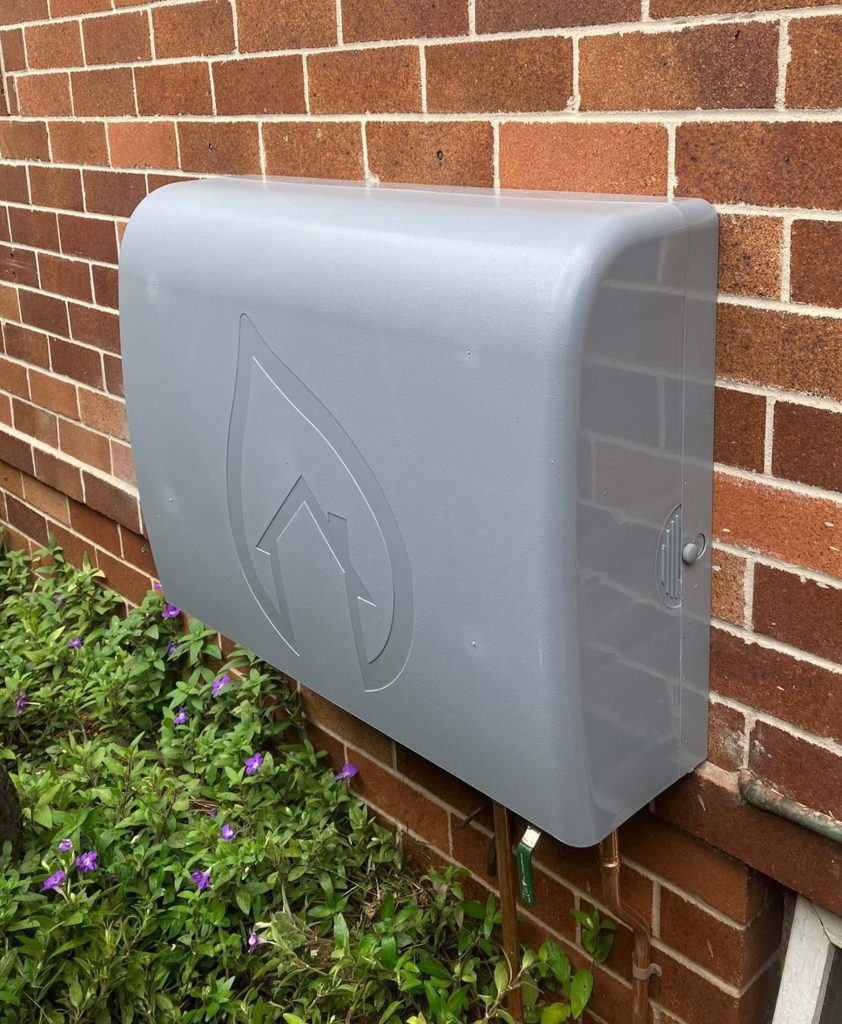
Whole Home Water Filtration Systems
- Filters the tap water of the entire house
- Removes up to 98.5% of chlorine and its disinfection byproducts
- Removes contaminants such as heavy metals, pesticides, and a wide variety of organic compounds
- Most effective but also most expensive and complex
Best Whole Home Water Filtration Systems
- Complete Home System CHF-6000
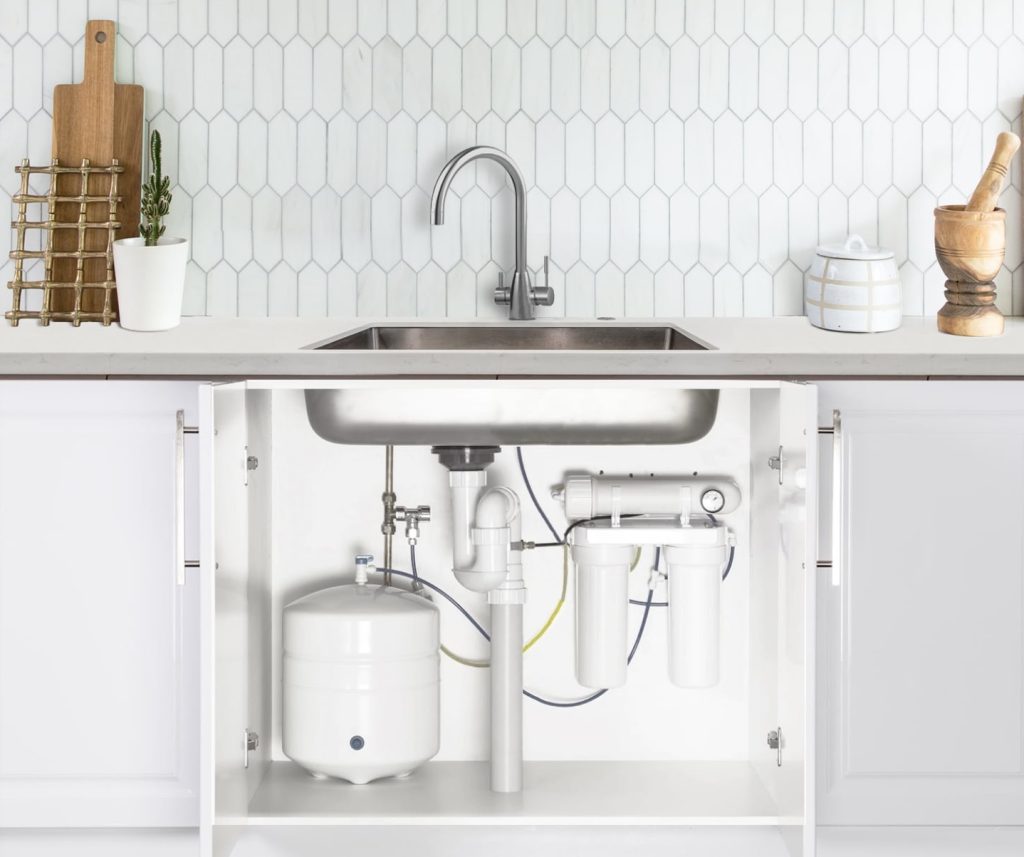
Reverse Osmosis Water Filtration Systems
- Consistently shown to be the most effective at removing PFAS
- Can remove up to 99% of PFAS contaminants
- Look for filters certified to NSF/ANSI 53 (for filters) or NSF/ANSI 58 (for reverse osmosis) standards.
Best Reverse Osmosis Water Filtration Systems
The leading filter in this category is the Complete Home Filtration reverse osmosis water filtration system which is capable of removing 99.8% of contaminants from tap water. The Complete Home reverse osmosis filtration system is one of the most effective under-sink RO filters currently available.
- Complete Home Filtration CHF-RO
- Pelican PRO-RO Whole House Reverse Osmosis System
- US Water Systems Defender Whole House RO System

Dual-Stage Filters:
- Often combine activated carbon with another filtration method
- Can achieve removal efficiencies similar to RO systems (90-97%)
Best dual-stage filter systems:
- Clearly Filtered 3-Stage Under Sink System
- Aquasana AQ-5300 3-Stage Under Sink System
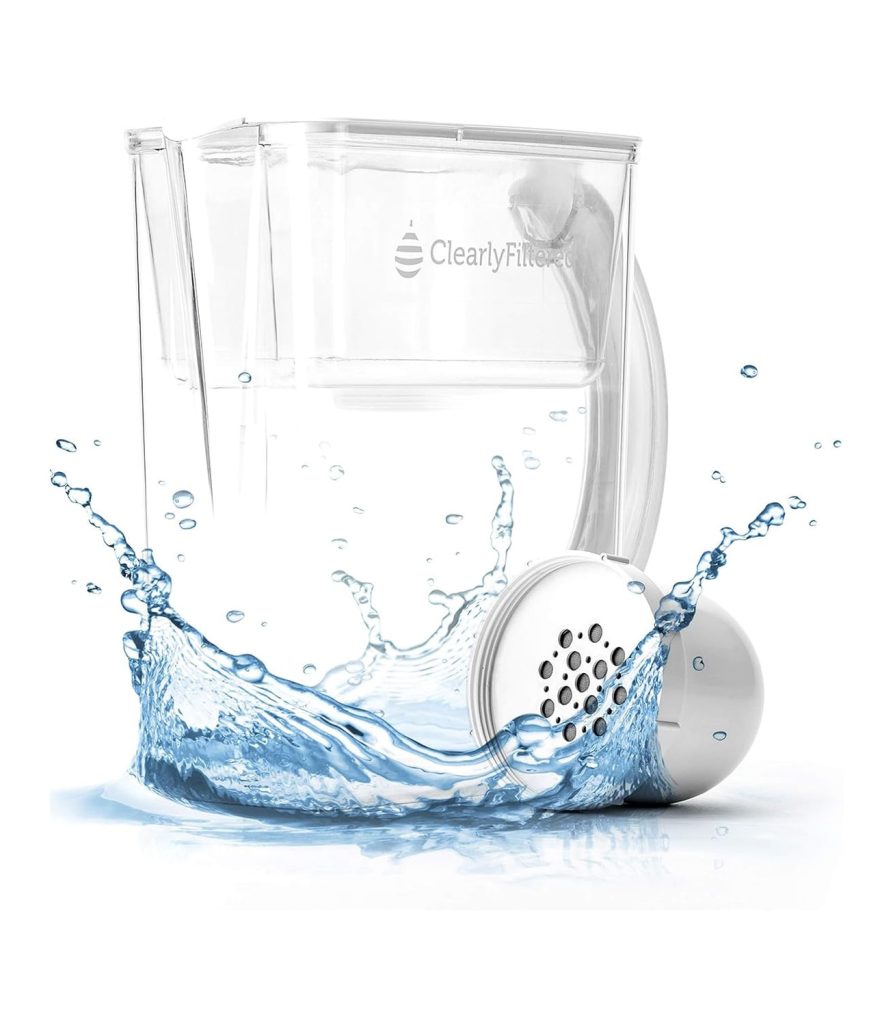
Granular Activated Carbon (GAC) Filters:
- Effective for many PFAS compounds, especially longer-chain varieties
- Can achieve removal efficiencies in the high 90 percent range for various PFAS compounds
- Effectiveness can decrease over time as adsorption sites become saturated
- Not as consistently effective as RO systems, high-quality GAC filters can still provide significant PFAS reduction
Top-rated granular activated carbon systems
- ClearlyFiltered Water Pitcher
- Berkey Water Filter Systems (with ProOne filters)



